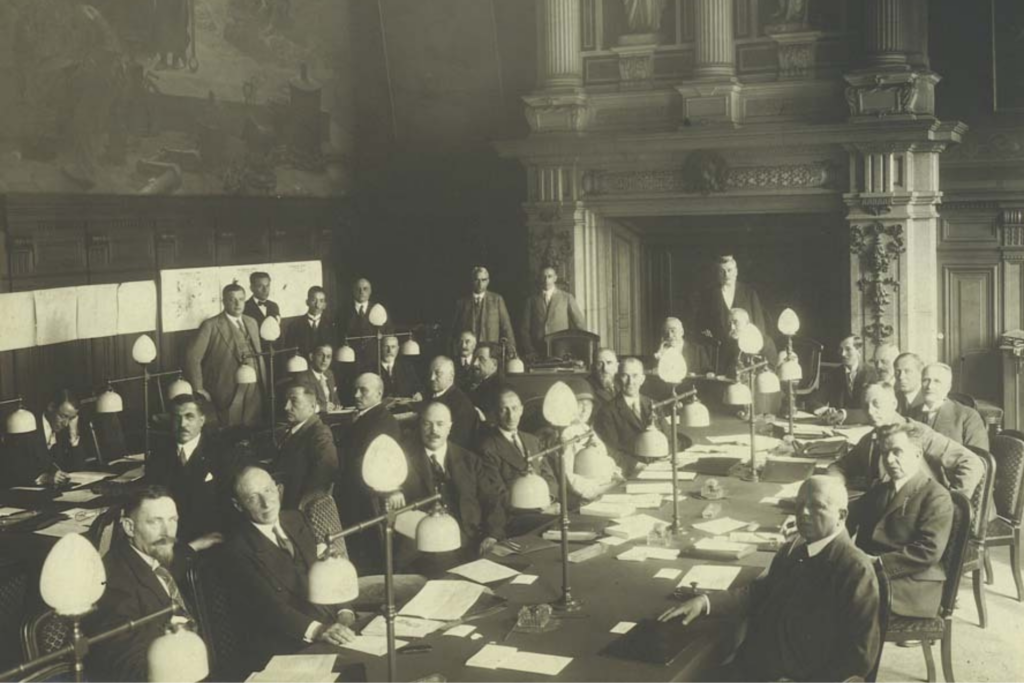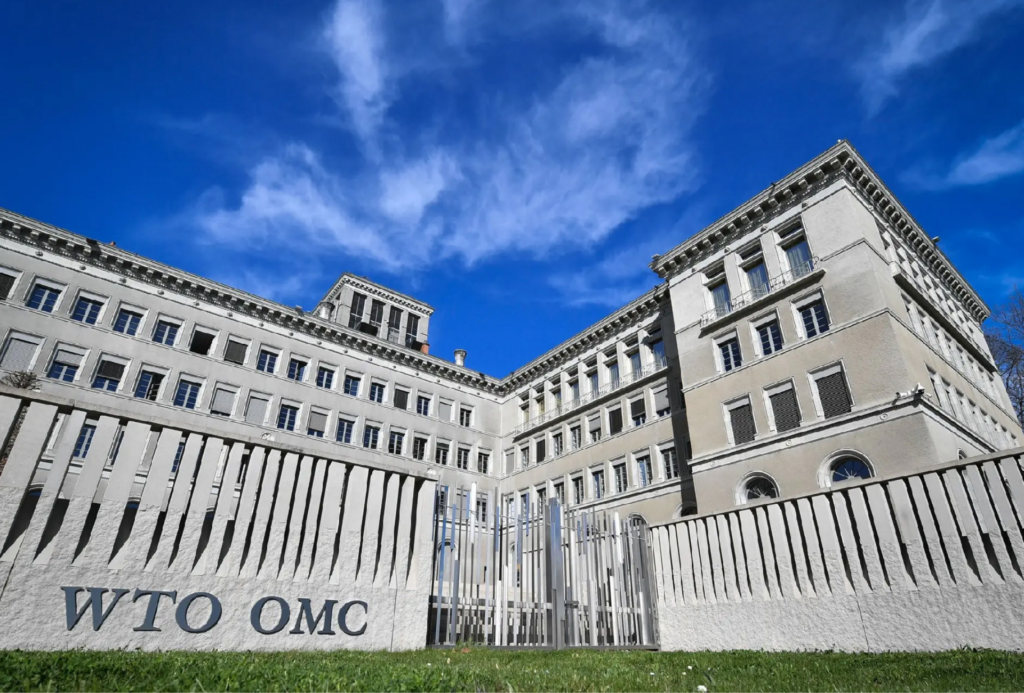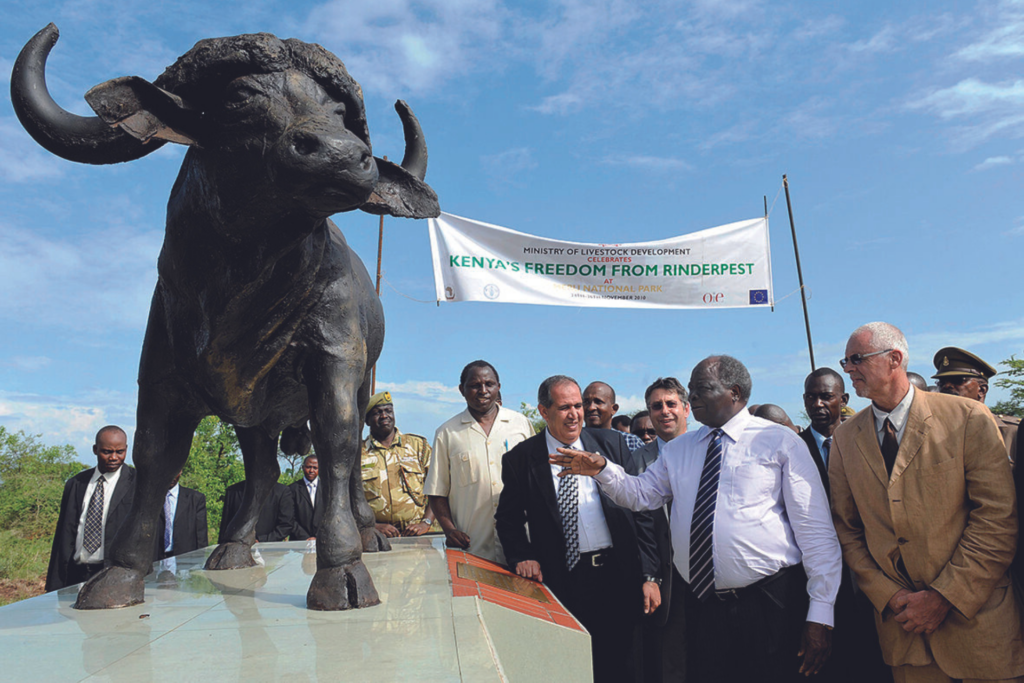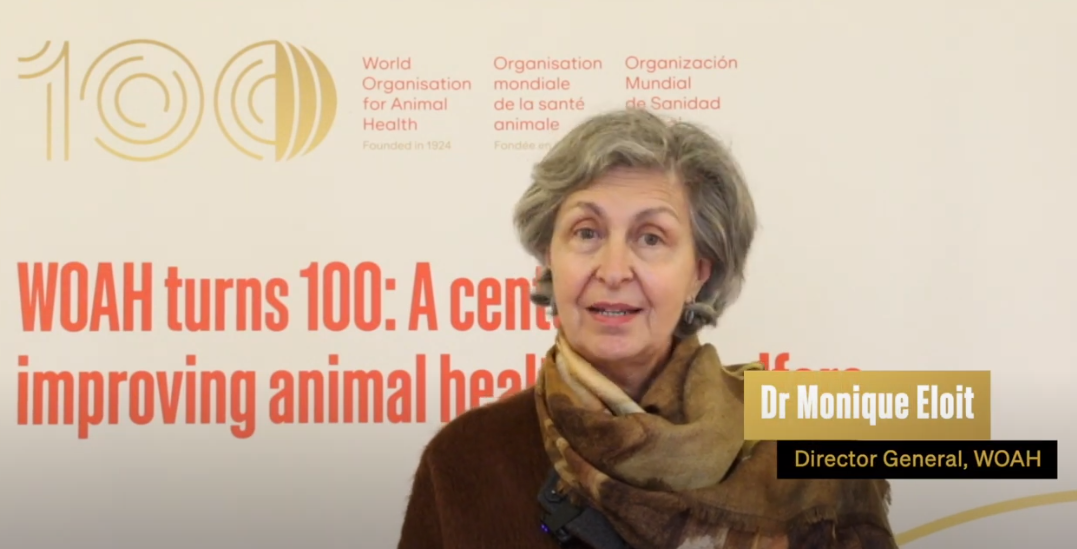A century strong: our history

Explore a timeline of our key milestones since 1924
As we celebrate 100 years of unwavering commitment to animal health and Veterinary Services around the world, we look back at our rich history.

1924: The creation of the Office International des Epizooties (OIE, known today as WOAH)
One hundred years ago, 28 founding nations came together to address a shared concern – the health and well-being of the animals upon which our societies depend at a time when the trade of animals and its products had been massively expanding. During the last century, the World Organisation for Animal Health (WOAH, formerly known as OIE), has been constantly evolving into a global beacon of cooperation and trusted leadership in animal health.
Early 1990s
A decisive voice in animal health standards and international trade relations
1994 – 1995: WOAH’s recognition as a reference organisation and technical authority
In 1994, the Application of Sanitary and Phytosanitary Measures (SPS Agreement) included a text which clearly defined OIE as the reference organisation in matters of animal health and zoonoses.
In 1995, an international agreement prompted WTO Members to acknowledge the Organisation’s standards officially, positioning WOAH as the go-to technical authority amid trade disputes and challenges. The Organisation now also provides its technical and scientific expertise in WTO-led panels. This recognition fosters new partnerships, leading to many collaboration agreements with professional and international bodies.

The 2000s
Tackling emerging threats
At the beginning of the 21st century, WOAH faced a new set of challenges, from emerging diseases like avian influenza and foot and mouth disease to the impacts of climate change on animal health. The Organisation’s commitment to science, transparency, and the One Health approach, reinforced through the COVID-19 pandemic, remained critical, thus underlining its role as a guardian of global health.
2011: Rinderpest is eradicated
In 2011, a significant milestone was achieved with the eradication of Rinderpest. Highly contagious, the disease has a long history of causing huge losses in animal populations and severe economic disruptions. The far-reaching consequences of the “cattle plague” at social and economic levels led to the creation of the World Organisation for Animal Health in 1924. The efforts and collaboration with international partners paved the way for the complete eradication of the disease.


